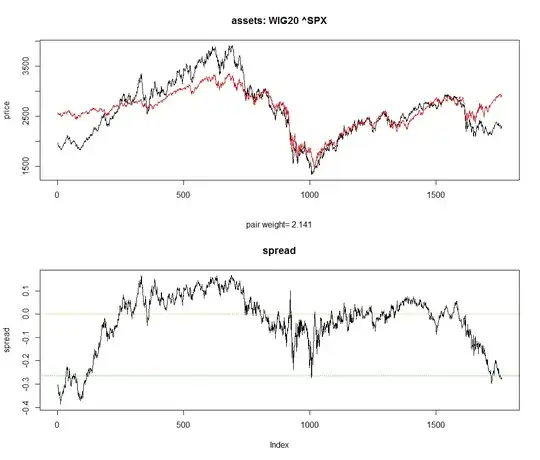Sometimes I have a large number of latent variables in a Bayesian hierarchical model to which, but I am only interested in estimating projected transformations of those latent variables (for example, I will parameterize a binomial parameter as an inverse logit of a set of possibly-non-identifiable covariates, even though the result I'm interested in is the binomial parameter estimate).
The projected transformations will often converge very quickly (based on convergence diagnostics such as the Gelman/Rubin or by eyeballing the posterior samples) even if the latent variables have not yet converged.
Intuitively this makes sense, the model may be an overparameterization where the latent parameters are not identifiable - the derived quantities are constrained to be in a constrained a narrow high-likelihood region of the transformed variables' parameter space which maps to a much larger largely flat likelihood (but bounded) region of the latent variable parameter space.
So is the intuition correct that I shouldn't be concerned that the overparameterized latent variables are not identifiable and aren't fully converged when I take my posterior samples? Are there some good references which discuss the use of non-identified latent variables in this way? I've heard some discussion on overparameterizing to speed up mcmc convergence, but I'm not entirely clear on how to think about this, as the approaches and attitudes towards overparameterization and non-identifiability in bayesian methods seems to be a bit different than in other areas of modeling.
